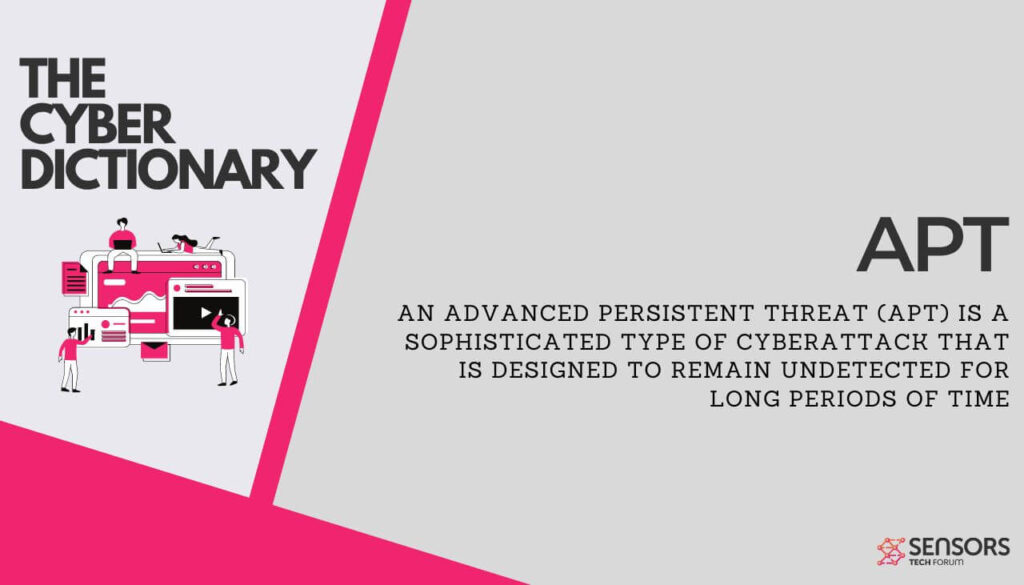What Is Advanced Persistent Threat (APT)?
Short Definition: An advanced persistent threat (APT) is a sophisticated type of cyber attack that is designed to remain undetected for long periods of time.
Extended Definition:
An advanced persistent threat (APT) is a type of cyberattack that uses sophisticated methods to penetrate a system and remain undetected for extended periods of time. APTs are targeted attacks that typically target specific systems or people. They are usually carried out by highly skilled and well-funded actors, such as state-sponsored hackers or organized crime groups.
Unlike other types of cyber attacks, APTs are designed to steal information or disrupt operations without leaving a trace. This makes them particularly difficult to detect and defend against. APTs typically use a combination of techniques and technology, such as malware, social engineering, and zero-day vulnerabilities, to gain access to networks and systems.
Advanced persistent threat attacks usually have a specific goal in mind, such as stealing confidential information or intellectual property. They can also be used for espionage, sabotage, and cyber warfare.

APTs are difficult to defend against because they are designed to remain undetected for long periods of time. The best way to protect against APTs is to have a comprehensive security strategy in place. This includes having strong authentication measures, advanced monitoring on user activity, keeping systems and software up-to-date, and regularly scanning for vulnerabilities.
For more definitions, check out our Cyber Dictionary.












